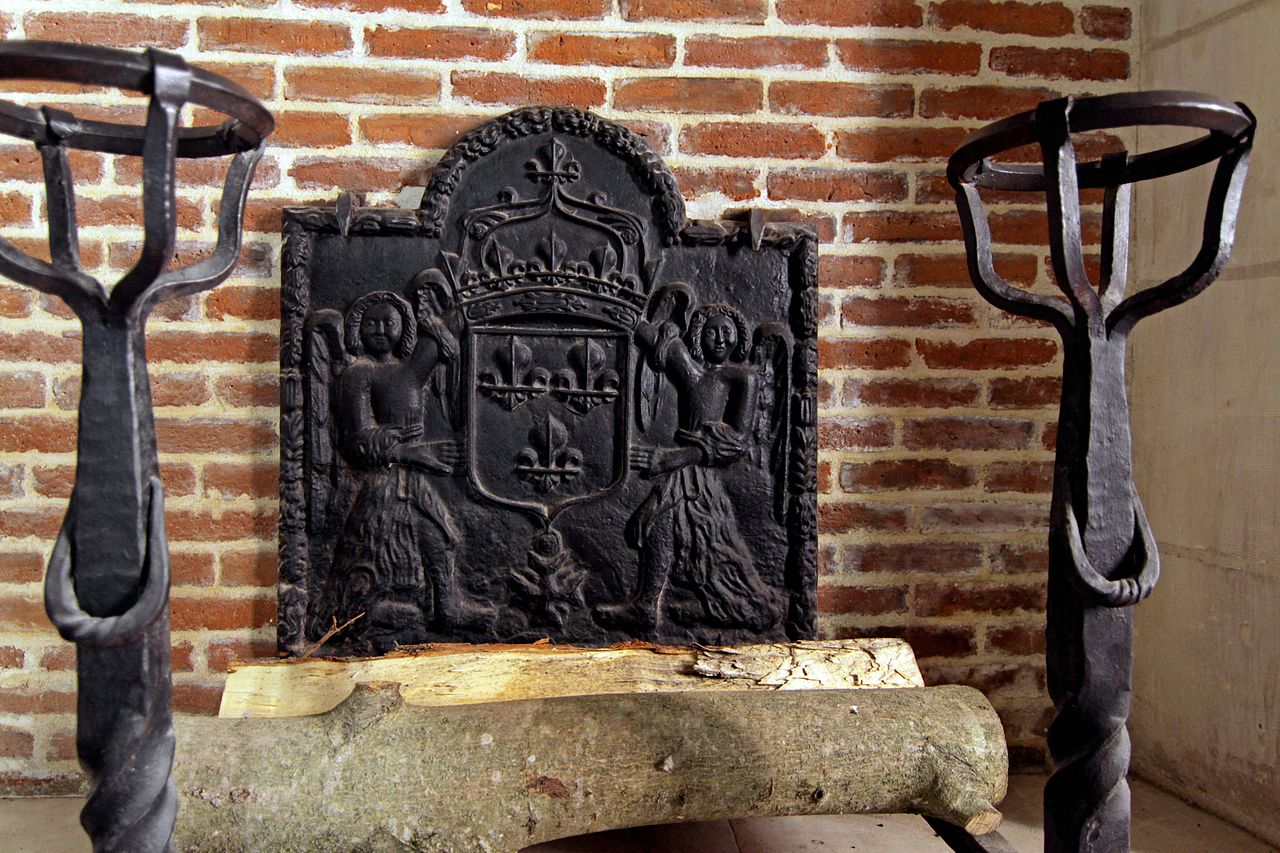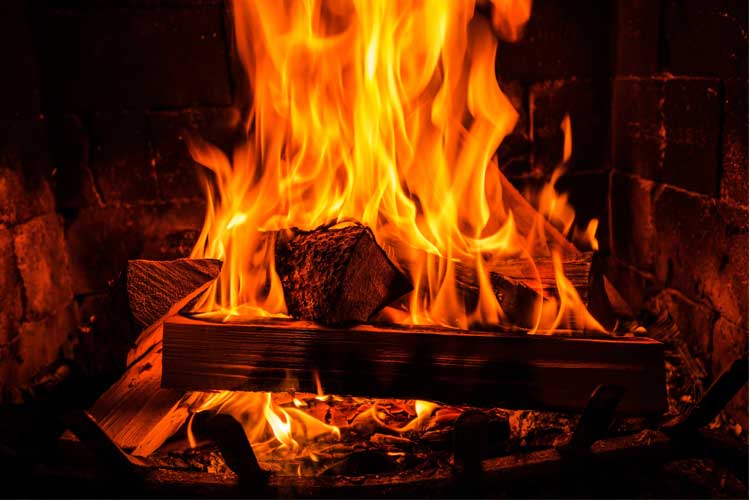In terms of vital basics...
Before thinking of tents and stoves and such, I think many people overlook basic tools. We take them for granted, but without them, we reduce ourselves from mighty humans to babes in the woods. -And when we picture the idea of
survival, I think it's probably unrealistic to believe that it will be happening out in the woods. You'll probably be in a house or building when the lights go out. Why leave? That sounds unproductive.
We also have to remember that where animals have claws and teeth optimized for living in their world, we don't. We have brains, and our brains came up with the idea of making and using tools. But if you don't actually
have tools when you need them, all you have are.., soft fingers and teeth which aren't very good at doing the sorts of things humans need to do, (like cutting up wood for little survival stoves, for instance).
I am regularly surprised and dismayed at how unprepared most people leave themselves when there is nothing simpler than having a basic tool box under the stairs.
That tool box should have at minimum a compliment of five or six basic items in it. In no particular order...
Pliers. Pliers are an absolute genius tool. -They are perhaps one of the most useful and epic inventions humanity has ever come up with. They are
force multipliers with metal teeth. They can grip and pull at things which could easily hurt our hands, and do so with super-human strength. And all they are are two sticks built to lever against one another. Genius! Made from metal and with teeth added, they are a formidable tool. You can pull up nails, bend metal, cut wire or small branches, (most pliers come with a cutting section near the hinge). And they are durable and cheap and easily available. You can buy a solid standard set of pliers for about $15.
View attachment 50952
There are lots of different kinds of pliers, but I personally find the sort pictured above the most practical; "Linesman" pliers. You can pull up a nail, cut thick wire and pry open a pop-bottle top, even undo some nuts without a proper wrench. And in a pinch, you can even do some decent hammering with a beefy set of pliers, (though, you should use your basic hammer for that). Needle-nose pliers are also useful for working with small items, but for the totally unequipped among us, it's best to just cover the main bases.
A wood saw. -And not the polite kind used for simple wood working, (though that's not a bad idea), but rather the kind designed to cut through arm-thick branches. There are various types of saw which can do this. Lately, there have appeared on the market these chain-saw wire devices, like sharp rope, with handles on either end. They look neat, but I like the basic folding kind designed for gardeners; they are cheap, easy to use, and easy to store. And if you don't have one or something like it, you simply aren't going to be cutting anything down. Not having a saw is like depriving yourself of a basic super-power.
View attachment 50954
Next up...
A fixed blade knife:
View attachment 50951
-That is, not a folding knife, (though, those are also super handy and I more often find myself using one of those than the kind of knife pictured above, however, I currently live in a world where tools are disposable, and I've broken half a dozen folding knives over the course of my life. Even good ones are simply not as strong or made to last. Anything with moving parts is bound to fail, and will not be as tough or reliable as a single piece of sharpened metal). On the other hand, I still have the same camping knife I bought 30 years ago. A good, 4 to 6 inch blade made of thick metal stock with a proper full tang, (that is, the hidden part which the handle covers), which won't break if you use it to pry stuff, can last for many years, and is easier to sharpen than a fancy folding pocket knife.
It should be remembered that a knife isn't just a cutting tool, but rather an everything tool. You can use them to prepare food and to then eat that food in lieu of a fork. You can use it to carve wood into the right shapes, to cut rope or cloth, to jimmy into tight spaces, and everything else you'd use your fingers for but which would damage them. Oh, and obviously, a knife is also a weapon. Like the pliers, having a knife is like having a super-finger with a super claw which never gets hurt. If you find yourself living in rough circumstances, not having a knife will vastly diminish your ability to get anything done.
Screw drivers.
Nearly everything in your immediate environment which can come apart, from door hinges to computers, does so by unscrewing the little threaded metal pegs holding it together. If you don't have a screw driver with the right fit, it's like not having keys to the world.
There are lots of screw drivers on the market, but I personally like the one pictured below, and use mine all the time: It's got most of the ends you'll ever need tucked in the handle, it's very sturdy and easy to swap out the right ends, plus it has twisty bits in a couple of convenient places so that you can hold it steady with one hand while turning it with the other. Professional builders will use this thing, so it's a serious tool. -Though, as with any such item which has moving parts, it's not going to last as long as a well-made single-purpose tool built for one type of screw, but most people don't need that and this one comes pretty close in terms of durability while also providing a lot of options which would normally fill up a whole tool box. Not having a screw driver when you need one is incredibly frustrating, so every tool box should have something like this. The other nice thing about this particular model is that it's cheap! $25
View attachment 50950
An adjustable wrench. Some of the things in your life are held together with nuts and bolts. This is the tool for that. An adjustable wrench is an ugly sort of tool; they are known for damaging nuts and making a mess of things, but the professional option is to have two dozen different fixed-wrench tools which come in a big case or a roll of leather. The average person faced with a small repair job, (a plugged pipe under the sink or a bicycle seat which needs raising), just needs the damned thing to turn this one time. An adjustable wrench is your friend. They are cheap and they work. -Not nearly as universally useful as a knife or pair of pliers, they are nonetheless "the right tool for the job" when the job comes up, as it will eventually.
View attachment 50957
A Cigarette Lighter.
I don't need to include a picture of one here. Everybody knows what one looks like. They are
that useful. Instant fire on demand. Wow! Solving one of the most intimately
human problems faced by our species. The standard Bic lighter is also perhaps the perfect survival tool. Virtually indestructible, reliable and long-lasting. My personal belief is that if you don't have the ability to make fire on demand, you are falling down on the job of being Human. Always have a lighter in your house, backpack or car. Even if you don't smoke. If you ever happen to be lost in the woods, a lighter can make the difference between life and death.
Other items I find tremendously useful to have around is
a roll of electrical tape and a ball of twine. Its shocking how often you'll find yourself standing there thinking, "Damn. I need a piece of something to hold this together or hang that up, (etc)." Electrical tape is good, because it's water proof and grippy. And if you do any electrical work, it'll stop you from shorting wires or zapping things.
A hammer and a box of 1" nails. (What are you going to tie that string to for your improvised clothes line?)
Okay... So that's my not at all fancy list of basic items everybody should have. If you find yourself alone and in tough circumstances, not having these tools can really make life difficult.
I'll end this little list with a fancy fun treat item:
Expensive and by no means necessary, (since all those other tools can do the job better) but actually really useful and nerdy for all the random little jobs which come up, (I have one in my back pack at all times for odd jobs here and there, and consequently use it more often than all those other tools combined) is this thing:
View attachment 50958
It even has a wood saw capable of cutting through a two by four!
Now, while I wouldn't ever advise against having one of these cool tools, when it comes down to an actual problem or protracted bit of work, it's always better to use a
proper saw, (for cutting branches), or a
proper screw driver, (for installing that shelf) etc. A multi-tool like the one pictured above is just if you're too lazy to go get your tool box and the problem needing solving happens to be right in front of you. For people who are handy and whose lives regularly put them in places where odd problems come up, (garages, fishing trips, etc.), then this is a great little tool.

www.owenschimneysystems.com

fireplaceuniverse.com




